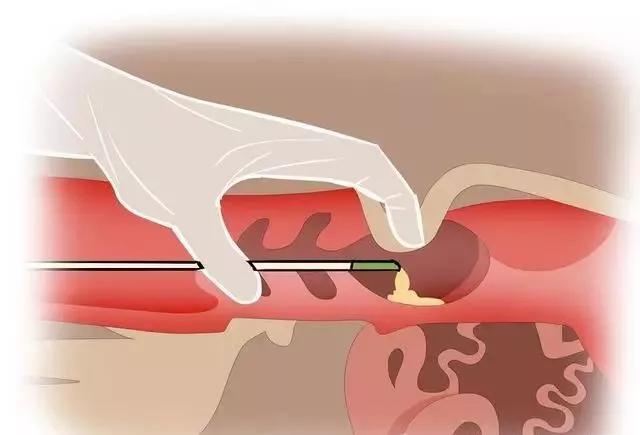In the process of raising cows in the past, the twin calving rate of cows increased due to the increase in multiple ovulation associated with high milk production and the use of different synchronous estrus methods. High milk producing multiparous cows experience double ovulation more frequently than primiparous cows.
We can use a cow ultrasound machine to conduct early pregnancy testing from around the 28th day of cow mating, and further confirmation of pregnancy is required. Pregnancy diagnosis is conducted between the 29th and 42nd day, with an average of 33.6 days.
It seems that meeting the metabolic needs of high-yielding cows is behind double ovulation (during the first 8 weeks of lactation, when milk production reaches its peak). Cows with a milk production exceeding 50 kg/day exhibit a multiple ovulation rate of over 50%.
Using B-ultrasound machine for twin detection in cows
Transrectal detection of twin pregnancy in cows using B-ultrasound machine
Embryo heartbeat can be detected 22-24 days after artificial insemination. Nowadays, this is the diagnostic criterion for positive pregnancy diagnosis. It is difficult to assess fetal heartbeat early in practice, so the commonly used period for diagnosing pregnancy by transrectal ultrasound is between 28-35 days of gestation. Uric fluid was first observed in lactating cows on days 25-26 and heifers on days 23-24. In addition, the presence of embryos and active heartbeat are the main criteria for positive early pregnancy diagnosis through TRUS under actual conditions. As for the position of the embryos, they can be located on one or both sides. Unilateral twins once had an echogenic line connecting the two embryos, which was used as a diagnostic tool.
In the case of twin cow pregnancy, the heartbeat and amniotic vesicles of both embryos should be detected in the ultrasound examination of the cow using B-ultrasound. If there are doubts about the survival ability of twins or fetuses, ovarian structure can be evaluated:
(1) Quantity, usually two (30) twins;
(2) The quality of CL, including its echogenicity and size, should have a maximum diameter of at least 17 mm. Our data confirms this;
In addition, we found that very few twin pregnancies have three corpora lutea. The proportion of singleton cows with two corpora lutea is about 10%. With the possibility of diagnosis, it is difficult to distinguish between singleton pregnancy and co dominant pregnancy or possible partial embryo death.








